With 18 comparison photos of the Earth from past to present, how long can humans survive?
When we look back at history, we will find that the climate and environment of the Earth have been constantly changing. However, in recent decades, the speed and magnitude of these changes have exceeded our imagination. In this article, we will explore how long humanity can last by comparing 18 images of the Earth's past and present. These photos will show us the astonishing impacts of climate change, environmental pollution, and ecological destruction, making us deeply aware of the urgency and importance of protecting the earth.
1. Lake Mead in the United States, once the largest artificial lake in the world, is now experiencing a continuous decline in water level due to climate change and years of drought. Its white color; Bath Ring” Continuously rising, as if telling the comparison between the past and present of the Earth.
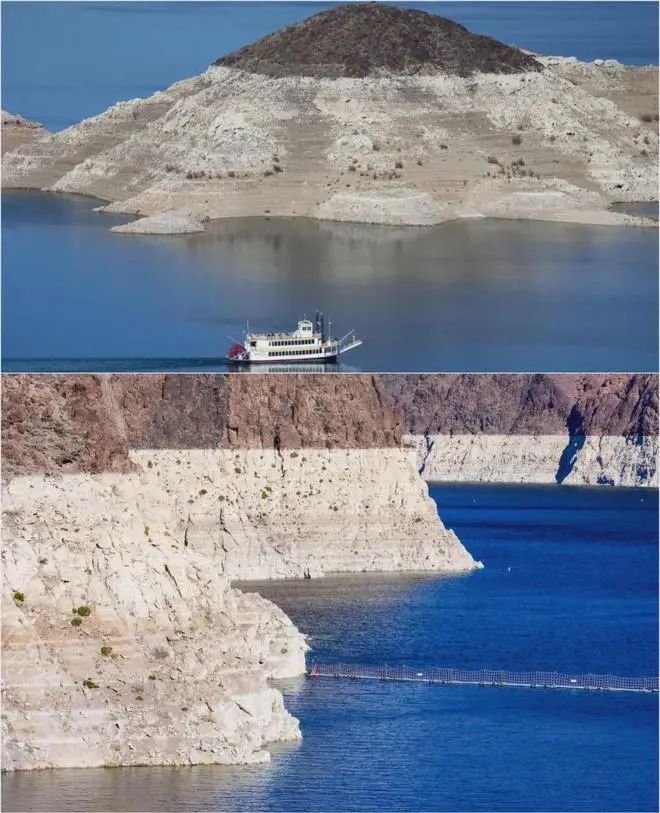
Kangaroo Island in Australia, after being engulfed by wildfires in 2018, has shown us the impact of global warming. These impacts have caused severe damage to the ecosystems on Earth.
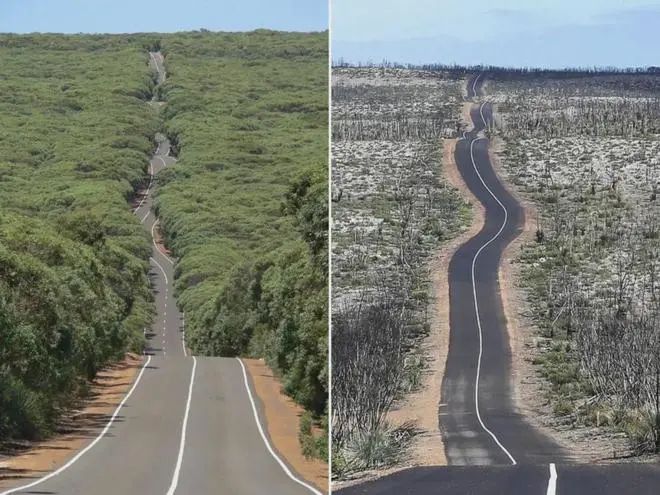
The pine forests in Rocky Mountain National Park in the United States have been able to survive due to rising temperatures, resulting in the death of large areas of pine forests and sounding the alarm for protecting the ecological environment.
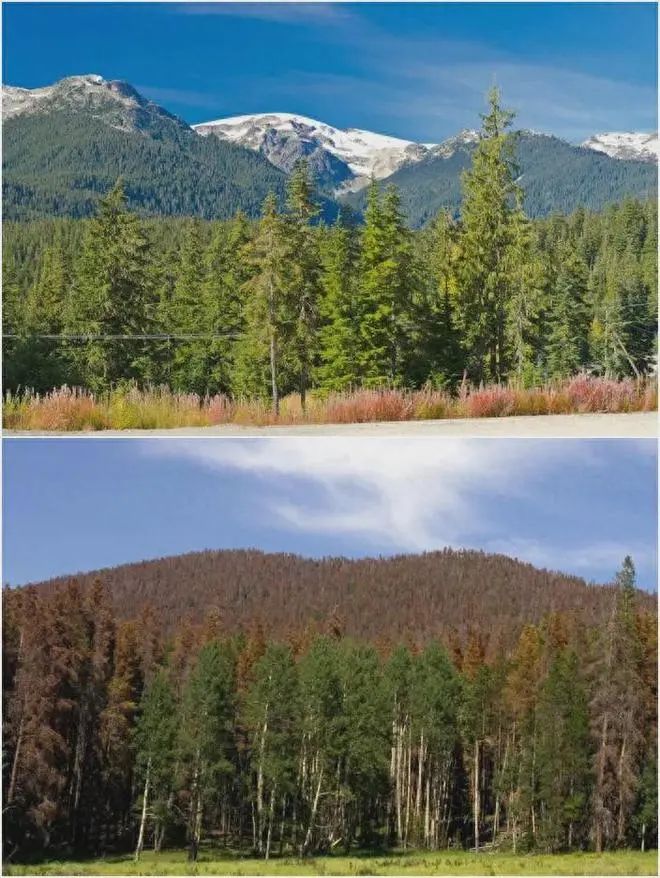
4. The San Blas Islands in Panama were once paradise like islands, but as sea levels rise, some islands are even submerged during the rainy season, forcing local indigenous people to relocate to the mainland. This demonstrates the impact of climate change on the human living environment.
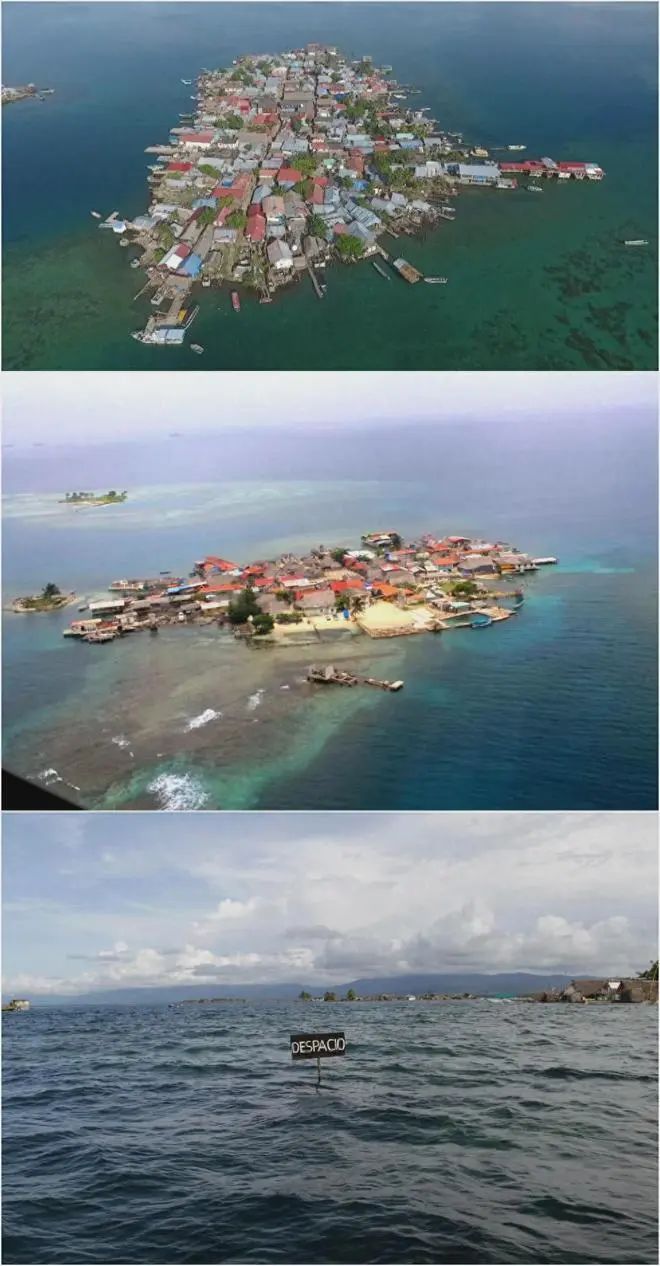
The dome shaped house at Cape Roma in Florida, which was once on land, is now marching towards the ocean. This phenomenon may indicate the threat of rising sea levels to coastal cities.
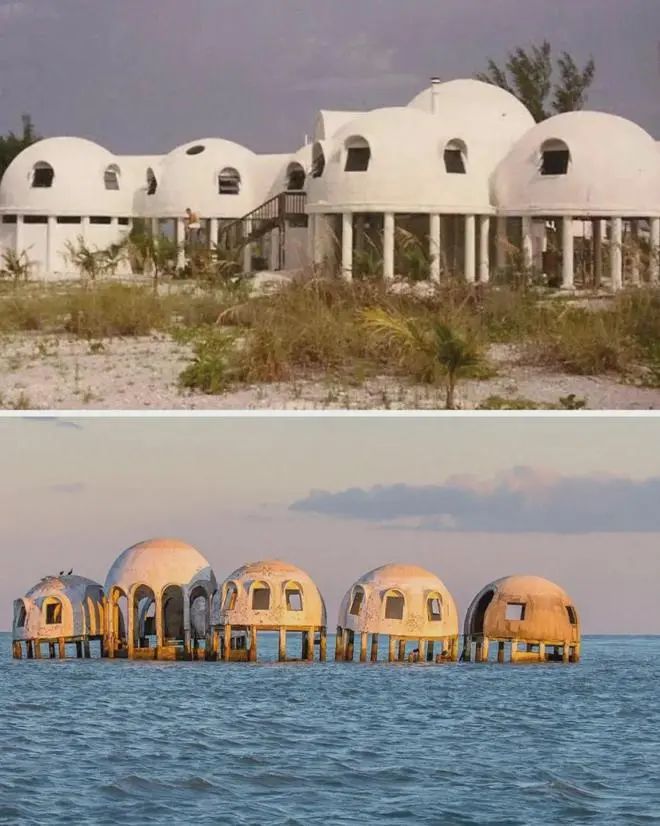
6. Mount Kilimanjaro, as the highest peak in Africa, has experienced glacier shrinkage of over 80% in the past 80 years. In the next 10 years, snow capped areas are likely to completely disappear. This is undoubtedly a warning of global warming.

7. Russia is referred to as“ The Gates of Hell; The Batagaika crater is expanding year by year due to factors such as the melting of permafrost caused by global warming and deforestation. This is an example of the impact of human activities on the Earth.

The satellite comparison map of Tuvalu from 1971 to 2014 shows the changes in this country. In 2001, the Tuvaluan government's efforts to combat rising sea levels were declared unsuccessful, and the entire country was relocated to New Zealand. This is a direct consequence of global warming causing sea level rise.

Laguna de Aculio, located near Santiago, Chile, was once a popular leisure destination for locals. However, due to the long-term drought caused by global warming and the increase in water usage in nearby cities, it has gradually disappeared. This demonstrates the significant impact of human activities on the natural environment.

The Pedersen Glacier in Alaska once extended to the foot of the mountain, but now even a trace is difficult to find. This is undoubtedly a clear demonstration of the melting of glaciers caused by global warming.

11. The Ö j ö kull Glacier in Iceland used to have an area of 16 square kilometers, but in 2014, over a hundred years later, the Icelandic Meteorological Agency announced that the glacier was officially; Extinction”, And a funeral was held for it to raise awareness of global warming. This is clear evidence of the impact of human activities on the natural environment.

With global warming, the Matterhorn Peak in the Alps is no longer covered by ice and snow, and the repeated freezing and melting cycles of glacier water pose a risk of mountain disintegration. This is an example of the damage caused by global warming to mountain ecosystems.

The Chacataya Glacier in South America was once the only ski resort in Bolivia and one of the closest ski areas to the equator, but it completely disappeared in 2009 due to lack of precipitation and El Ni ñ o. This is another example of glacier melting caused by global warming.

14. Originally the fourth largest lake in the world, the Aral Sea, due to excessive human use of water resources, its water level has been continuously declining and its area has been shrinking. Eventually, it split into two bodies of water, the South Aral Sea and the North Aral Sea, in 1987. Today, the South Aral Sea has basically disappeared. This is a microcosm of the impact of human activities on the natural environment.

15. Comparison photos of California from 3 years ago, 3 months ago, and now show that; Super drought; The severity level. This is a concrete manifestation of extreme weather events caused by global warming.

16. Coral reefs in the Great Barrier Reef of Australia have experienced widespread bleaching, with once colorful corals now turning into bone like structures; White bones;. This is a portrayal of the destruction of coral reef ecosystems caused by global warming.

17. Victoria Falls is one of the most spectacular waterfalls in the region, but with climate change and frequent droughts, it may face the embarrassing situation of no water throughout the year. This demonstrates the impact of global warming on natural landscapes.

The comparison chart between the once prosperous Earth, the now damaged Earth, and the possible future Earth shows the severity of the problems facing the Earth. Despite the remarkable size of the Earth, it is currently suffering severe damage.
